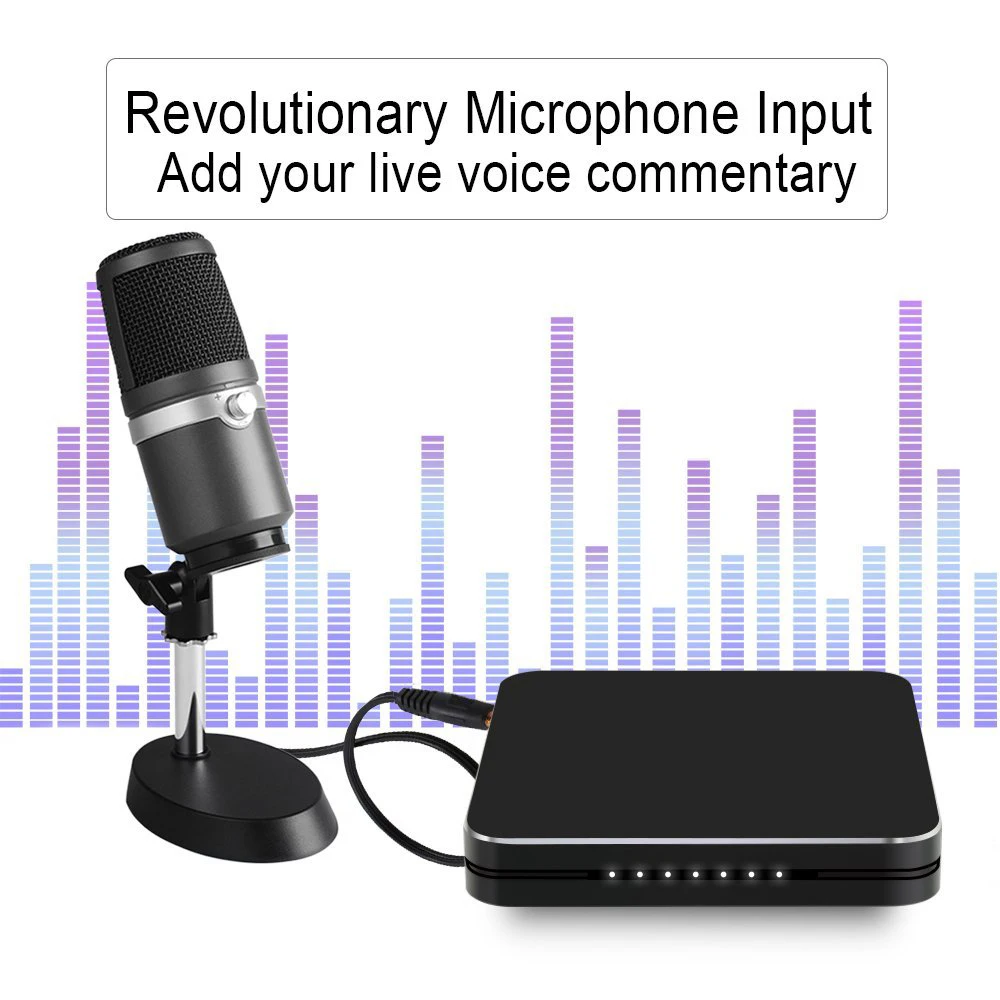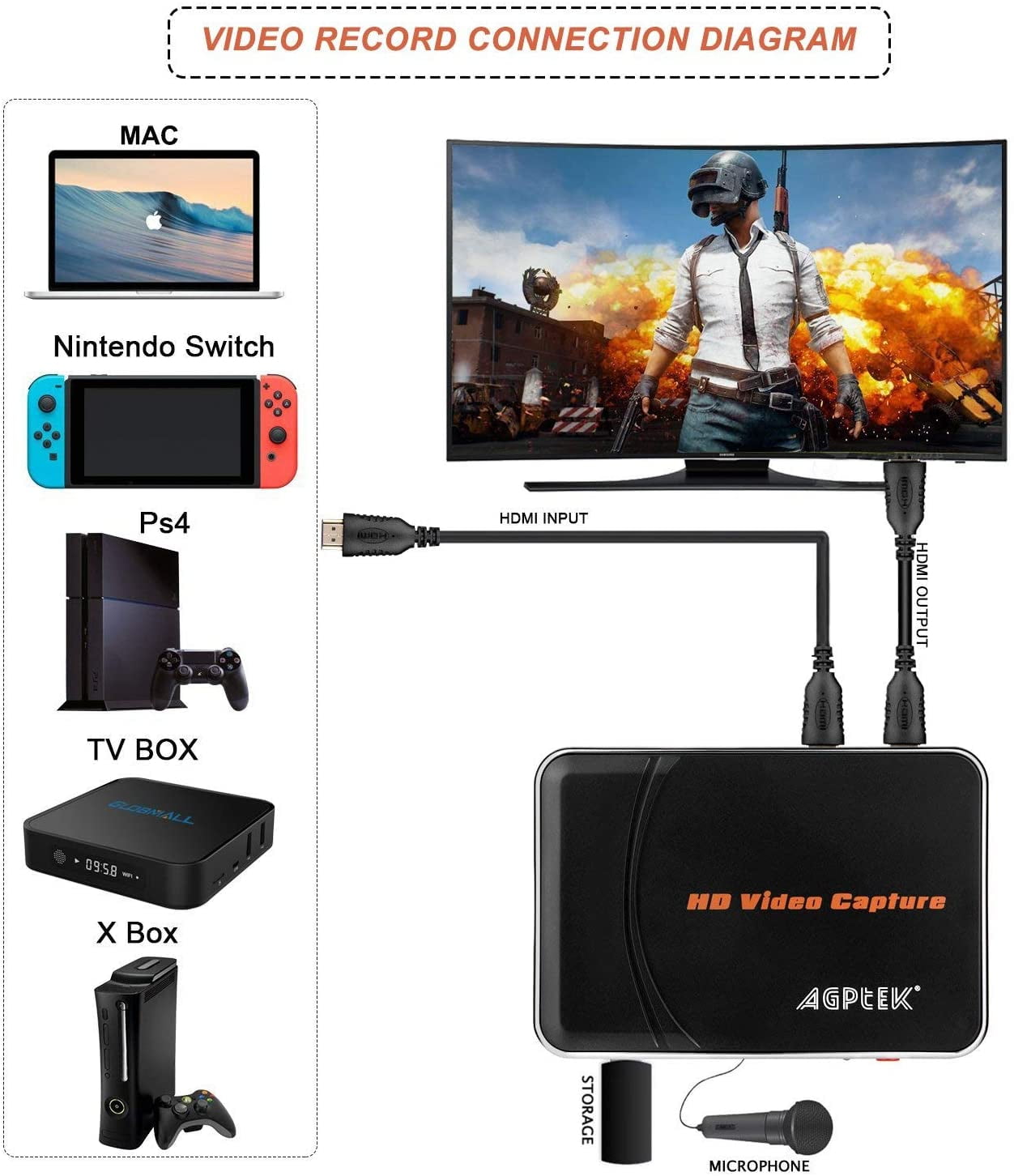

Match the colors of the plugs with the colors on the inputs. Make note of the input that you are connecting to, as this will allow you to find the correct input when you turn on your TV. Avoid this method of connection unless you have no other options.Ĭonnect the other end of the video cable to your TV. RF connects through the TV or VCR's coaxial input (the same input you would use for an old cable box or antenna).

RF - This is the worst way to connect a PlayStation 2 to a TV or VCR, as it has the blurriest picture quality.The PlayStation 2 S-Video cable has the S-Video plug as well as the Red and White audio plugs. The S-Video plug is typically yellow and has pins instead of a standard AV plug.

It will provide a better picture than composite cables, but not as good as component cables.
S-Video - This input is not very common on newer TVs. If purchasing a component cable, make sure that it is PlayStation 2 compatible with the PlayStation 2 plug on one end. Component cables do not come packaged with the PlayStation 2. Component cables have five plugs: Red, Blue and Green (Video) and Red and White (Audio). Component cables also provide the best possible picture quality for the PlayStation 2. Component/YCbCr - This is the best way to connect a PlayStation 2 to modern TVs, as most HDTVs have these inputs. Newer HDTVs may not support this connection. This cable comes packaged with all new PlayStation 2 models. 
Composite cables have three plugs: Yellow (Video) and Red and White (Audio).
Composite/Stereo AV - This is the most common way to connect a PlayStation 2 to a TV, receiver, or VCR. Inputs are typically found on the back of the TV, though they may be found on the side or the front as well. Different inputs will provide different levels of image quality. There are several ways that you can connect your PlayStation 2 to your TV or receiver, depending on the inputs available.








 0 kommentar(er)
0 kommentar(er)
